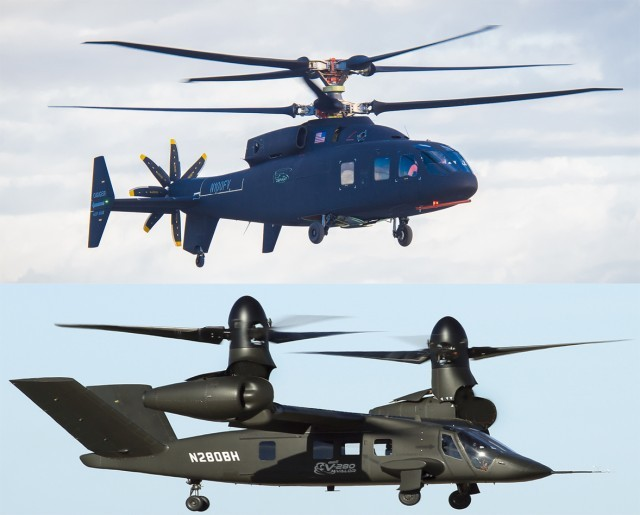
The Future Vertical Lift (FVL) program, initially hailed as a revolutionary leap for the Army’s helicopter fleet, has faced a tumultuous journey that led to the fleet’s unexpected cancellation. Originally envisioned as a symbol of aerial superiority, FVL promised remarkable speed, agility, and lethality. However, much like a prototype crippled by persistent engine issues, the program’s trajectory took a nosedive, ultimately culminating in its demise.
Farewell, future: Why the Army pulled the plug
The Army’s fateful decision to terminate the Future Vertical Lift (FVL) program was officially attributed to many factors, including escalating cost overruns, persistent technical challenges, and a rapidly evolving threat landscape. The program, a multi-billion dollar endeavor, had failed to live up to its initial promises and became a glaring example of intricate complexity and a significant financial burden. At the core of its downfall was the insurmountable challenge of reconciling the seemingly contradictory demands of combining jet-like flying capabilities with tank-like combat prowess. These conflicting requirements ultimately proved an insurmountable hurdle, leading to the program’s eventual demise.
The FVL program was initially envisioned as a revolutionary leap forward, aiming to replace the Army’s aging fleet of helicopters and provide a quantum leap in capabilities. It sought to create a new generation of aircraft that could fly at jet-like speeds while retaining the maneuverability and firepower necessary for intense combat operations. However, as the program progressed, the inherent complexity of merging these requirements became increasingly evident. Technical challenges mounted, driving up costs and pushing the timeline further into the future.
Divided skies: Analysts lock blades
However, not everyone agrees with the Army’s decision. Analysts are divided, with some arguing that abandoning the FVL squanders valuable technological advancements and exposes the Army to potential vulnerabilities against adversaries with advanced helicopter capabilities. On the other hand, proponents of the cancellation emphasize the need for pragmatism, advocating for prioritizing achievable solutions over chasing ambitious but unrealistic dreams. The resulting debate leaves the public caught in the crossfire of conflicting opinions.
Capitol Hill scrutiny: Is the decision under fire?
The cancellation of the FVL program has not gone unnoticed on Capitol Hill. Congressional committees are poised to scrutinize the decision, demanding justifications and exploring potential ramifications. Questions loom large regarding the impact on jobs, industry partnerships, and the broader modernization efforts within the military. The decision underscores the importance of accountability and responsible stewardship of taxpayer dollars.
Beyond the horizon: What’s next for rotorcraft?
While the demise of the FVL program marks the end of a chapter, it does not signify the conclusion of helicopter development for the Army. The need for agile and effective airpower persists, prompting speculation about the future direction of rotorcraft technology. Possibilities range from a shift towards smaller, specialized helicopters to a renewed emphasis on upgrading existing platforms. Canceling the FVL program has undoubtedly altered the trajectory of military rotorcraft development, but the quest for innovation and advancement continues unabated.
As for whether the Army made the right call, only time will provide a definitive answer. What is certain, however, is that the decision to cancel the FVL program is complex and controversial, with far-reaching implications for the future of military aviation.
